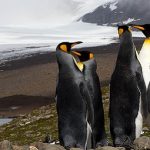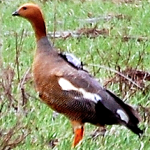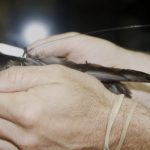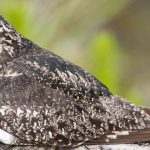← Back
The annual cycle of German adult Ospreys (Pandion haliaetus) – studies in the breeding and wintering areas as well as during migration since 1995 by means of satellite telemetry
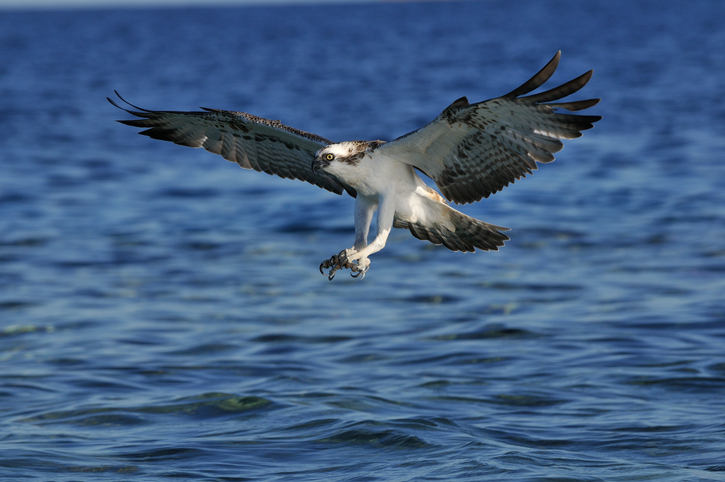
During 1995 – 2011 we marked 28 adult Ospreys in NE-Germany with satellite tags working up to eight years.
All except three males wintered in West Africa. The migratory paths followed while in Europe seemed much straighter and more directional compared to the migratory paths followed in Africa. This pattern was related to wind conditions, whereby individuals drifted with winds as they crossed the Sahara, then compensated as they approached their destination causing a more diffuse pattern in migratory paths. Consequently, individuals were fairly consistent in their use of routes between years in Europe, but not in Africa. Males started their autumn migration at the very end of the breeding season when the young have left, whereas females typically commenced migration much earlier, long before the young became independent. In contrast, the timing of the onset of spring migration showed little variation in either sex. However, while males showed little variation in arrival time on the breeding grounds, female arrival times were more variable. The difference between the sexes in the variance in arrival dates is perhaps due to the pressure on males to arrive at breeding places early in order to find and defend a high-quality breeding territory. The results will be presented at the European User Conference on Argos Wildife.
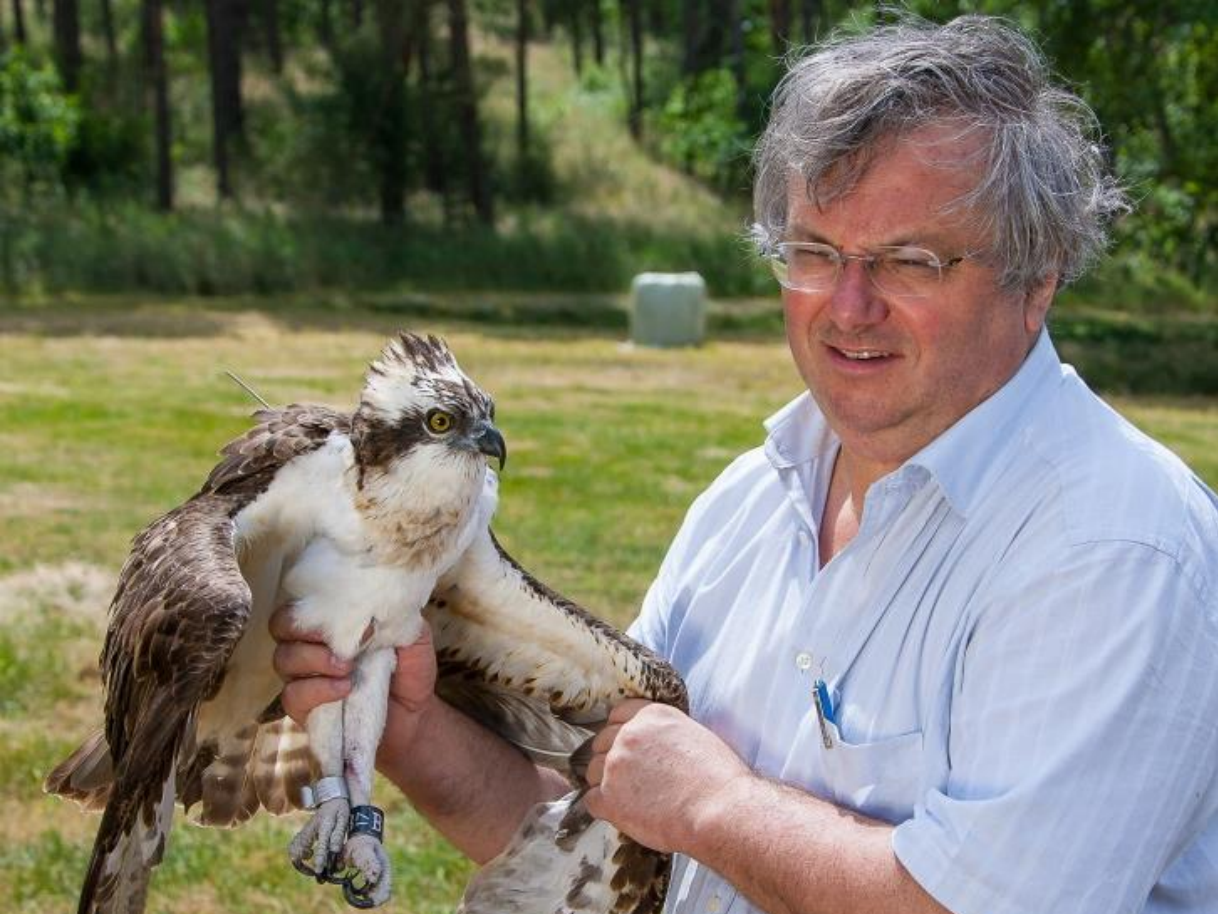
Bernd Meyburg has concerned himself with birds, mostly birds of prey, since 1962. Since 1992 he has carried out research on no fewer than 16 raptor species using satellite telemetry, including the first tracking studies of the migration of the Wahlberg’s Eagle and Amur Falcon in South Africa. He is chairman of the Raptor Working Group of BirdLife Germany (NABU) and of the World Working Group on Birds of Prey (WWGBP). As such he has organized several raptor world conferences since 1989, including (with the Raptor Conservation Group (RCG) and Vulture Study Group of the South African Endangered Wildlife Trust) the 5th World Conference in 1998 in Midrand, Johannesburg. He is editor or co-editor of the proceedings arising from those conferences. He has also organized several symposia on satellite telemetry including one at the 22nd International Ornithological Congress in Durban, South Africa.
Species of interest : Lesser Spotted Eagle / Greater Spotted Eagle / Eastern Imperial Eagle / Steppe Eagle / European Honey-Buzzard / Black Kite / Osprey
Useful links:
Bernd Meyburd’s Research Gate profile
List of many of his publications
Proceedings of the conferences of WWGBP
Satellite Tracking of Raptors – How PTTs Changed Our Lives
Satellite Telemetry – Fulfilling Dreams

